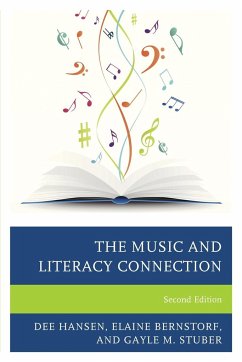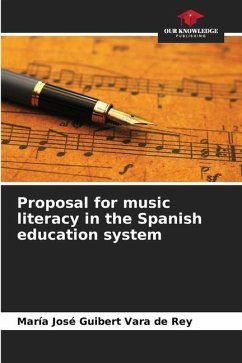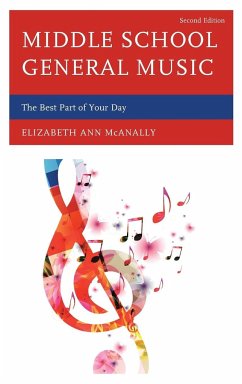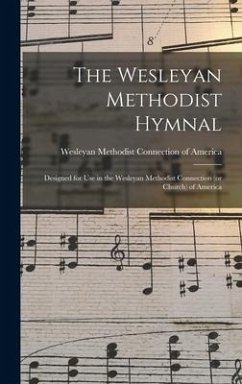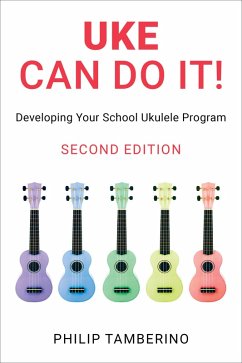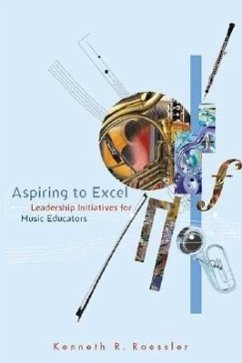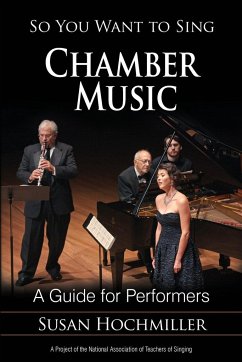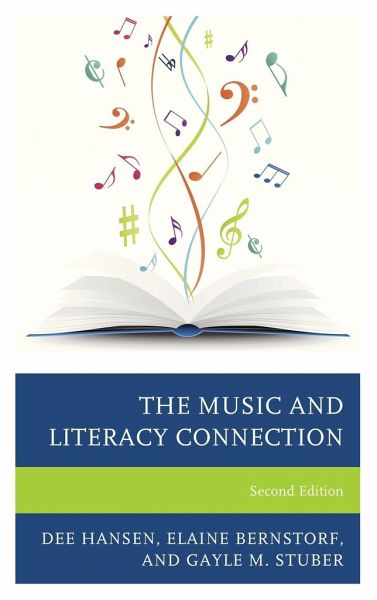
Music and Literacy Connection
Versandkostenfrei!
Versandfertig in 1-2 Wochen
118,99 €
inkl. MwSt.
Weitere Ausgaben:

PAYBACK Punkte
59 °P sammeln!
The second edition of The Music and Literacy Connection expands our understanding of the links between reading and music by examining those skills and learning processes that are directly parallel for music learning and language arts literacy in the pre-K, elementary, and secondary levels.





